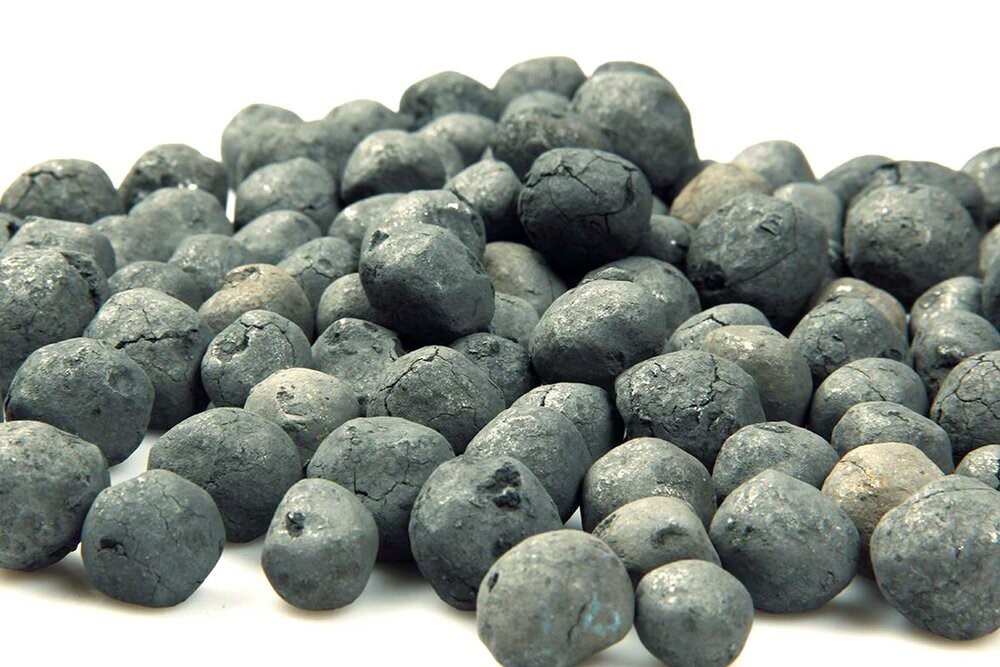Free Courses Sale ends Soon, Get It Now


Free Courses Sale ends Soon, Get It Now



Disclaimer: Copyright infringement not intended.
Context
Sponge iron
Production Process:
Properties and Uses:
Sponge Iron and its shortage
Differing views of stakeholders
Key Stats
Moving Ahead
|
PRACTICE QUESTION Q. How many of the following statements are incorrect? 1.Sponge iron is produced by the direct reduction of iron ore in the presence of a reducing gas or carbon monoxide. 2.Sponge iron has high iron content (typically 90% or more) and low levels of impurities. 3.India has been the world’s largest sponge iron-producing nation. Choose the correct code. A)Only one B)Only two C)All D)None Answer D) None |
© 2024 iasgyan. All right reserved